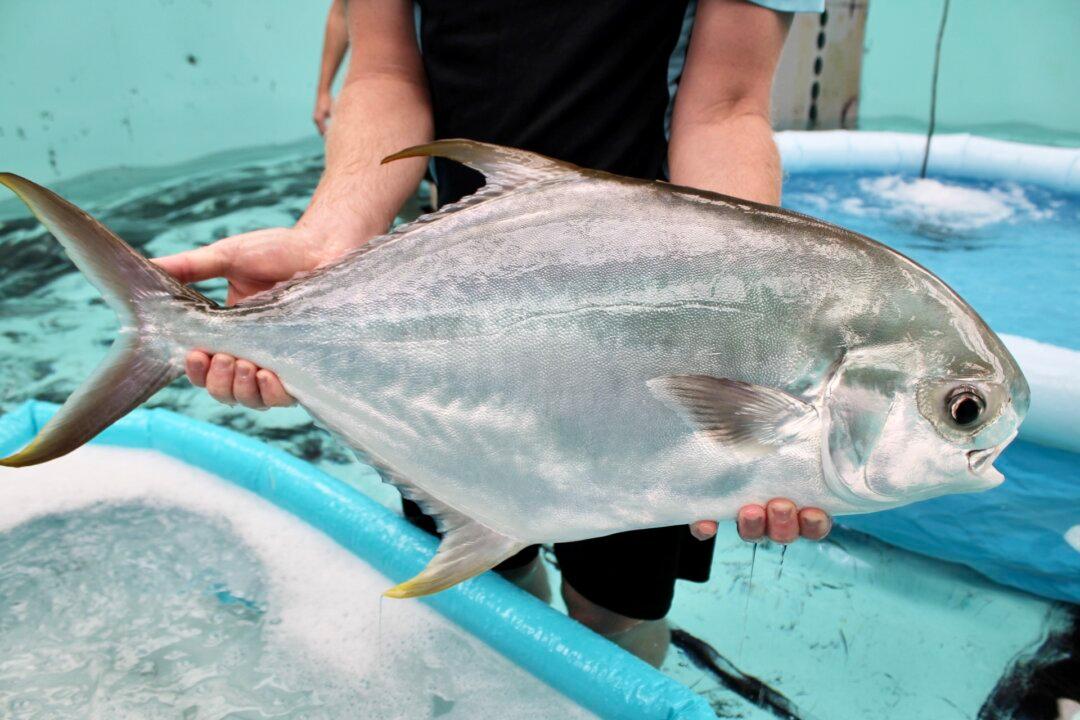Australia’s national science agency has identified the Pompano as an ideal white-flesh fish for farming in northern Australia’s tropical climate.
A Pompano industry could cut seafood imports by 100,000 tonnes, according to the Commonwealth Scientific and Industrial Research Organisation (CSIRO).




